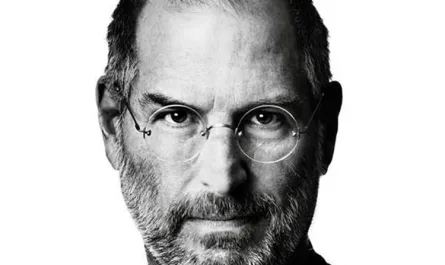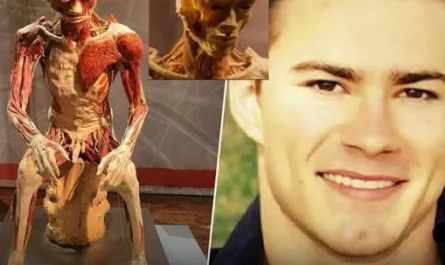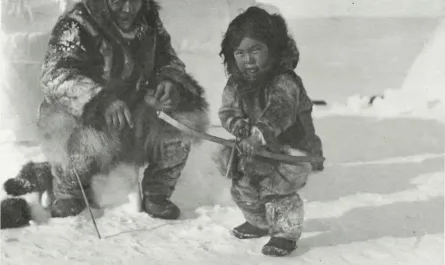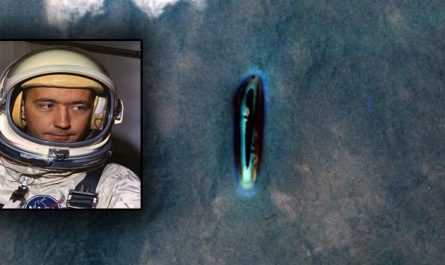The 1950s were a golden era for Hollywood glamour, and no two stars embodied the decade’s obsession with blonde bombshells quite like Marilyn Monroe and Mamie Van Doren. Pitted against each other by studios, gossip columns, and eager fans, their “rivalry” was a playful, campy spectacle that captured the era’s fascination with beauty, fame, and sex appeal. Let’s take a nostalgic dive into what made these two icons so similar, so different, and so endlessly fun to compare.
The Blonde Bombshell Blueprint
Marilyn Monroe and Mamie Van Doren shared the spotlight as quintessential 1950s sex symbols, each radiating the era’s ideal of curvaceous femininity. Their platinum blonde locks, hourglass figures, and sultry charisma made them natural comparisons:
-
Iconic Looks: Both epitomized the bombshell aesthetic, with Marilyn’s breathy charm in films like Gentlemen Prefer Blondes (1953) and Mamie’s rebellious allure in Untamed Youth (1957). Their styles—tight dresses, red lipstick, and coy smiles—set hearts racing.
-
Studio Hype: Hollywood fueled the rivalry. While Fox propelled Marilyn to superstardom, Universal marketed Mamie as “their Marilyn,” a bold alternative to Monroe’s magic. Gossip magazines like Photoplay ate it up, teasing fans with headlines about who was the ultimate pin-up queen.
-
Musical Flair: Both dabbled in music. Marilyn’s iconic “Diamonds Are a Girl’s Best Friend” became a cultural touchstone, while Mamie’s rock ‘n’ roll tracks for her B-movies tapped into the youth vibe of the late ‘50s.
The comparison wasn’t just about looks—it was about who could embody the fantasy of the 1950s woman.
Where They Diverged
Despite the parallels, Marilyn and Mamie carved distinct paths, each reflecting a different side of the decade’s cultural landscape:
-
Career Paths: Marilyn achieved A-list immortality with classics like The Seven Year Itch (1955), blending vulnerability and comedy under top directors like Billy Wilder. Mamie, however, was often cast in B-movies and exploitation flicks, leaning into a bolder, edgier persona that resonated with teens.
-
Screen Personas: Marilyn’s allure mixed innocence with sensuality, creating a relatable, almost tragic charm. Mamie, by contrast, played vamps and delinquents, projecting a tougher, more defiant energy. As she later quipped in her memoir, Playing the Field (1987), she was “less fragile” than Marilyn’s delicate image.
-
Cultural Footprint: Marilyn became a timeless icon, her life and 1962 passing cementing her legend. Mamie, while a cult favorite, remained a niche star, though she embraced her legacy, engaging fans on social media until her passing in 2023.
-
Personal Lives: Marilyn’s high-profile marriages to Joe DiMaggio and Arthur Miller kept her in the headlines, alongside her publicized struggles. Mamie’s personal life, while colorful with multiple marriages, was less tabloid-fodder, letting her focus on her career’s rebellious streak.
These differences gave their rivalry a dynamic edge, pitting classic glamour against rock ‘n’ roll grit.
The Fun of the Rivalry
The Mamie-Marilyn comparison was pure 1950s catnip, fueled by Hollywood’s blonde obsession and a culture craving larger-than-life stars. Here’s why it was so entertaining:
-
Studio Shenanigans: Universal’s push to position Mamie as a rival mirrored other studios’ attempts with stars like Jayne Mansfield. Publicity stunts, sultry photo shoots, and cheeky magazine spreads kept the buzz alive, with fans picking sides.
-
Cultural Shifts: Marilyn represented the pinnacle of Hollywood’s golden age, while Mamie aligned with the emerging rock ‘n’ roll youth culture. Her roles in films tapping into juvenile delinquency fears gave her a rebellious edge, contrasting Marilyn’s dreamy idealism.
-
Campy Appeal: Fans and columnists reveled in the playful cattiness of the comparison. It wasn’t just about talent but about who could rule the fantasy of glamour. Mamie herself took it in stride, later expressing admiration for Marilyn while acknowledging the studio-orchestrated hype.
The rivalry was less about animosity and more about the era’s love for spectacle—a lighthearted clash of icons.
Their Lasting Legacy
Marilyn Monroe remains a cultural titan, her image synonymous with Hollywood’s golden age. Mamie Van Doren, though less celebrated, carved a unique niche, embracing her cult status and outliving her rival by decades. Together, they embodied the 1950s’ dual obsessions: Marilyn as the dreamy ideal, Mamie as the spitfire rebel.
The fun of comparing them lies in how they reflected the era’s complexities—glamour versus grit, innocence versus defiance. Whether you’re Team Marilyn or Team Mamie, their legacy reminds us why the 1950s blonde bombshell era still captivates.
What’s your take on this iconic rivalry? Are you drawn to Marilyn’s classic charm or Mamie’s rock ‘n’ roll edge? Share your thoughts below!





